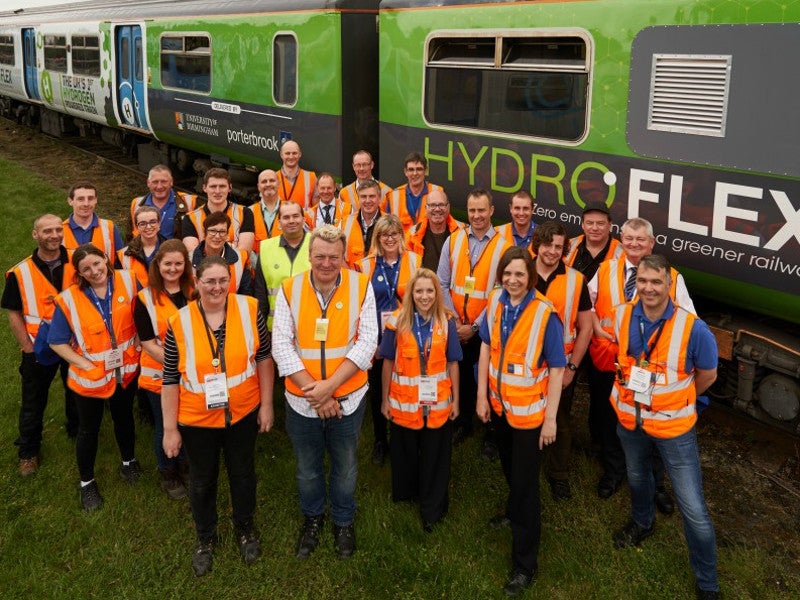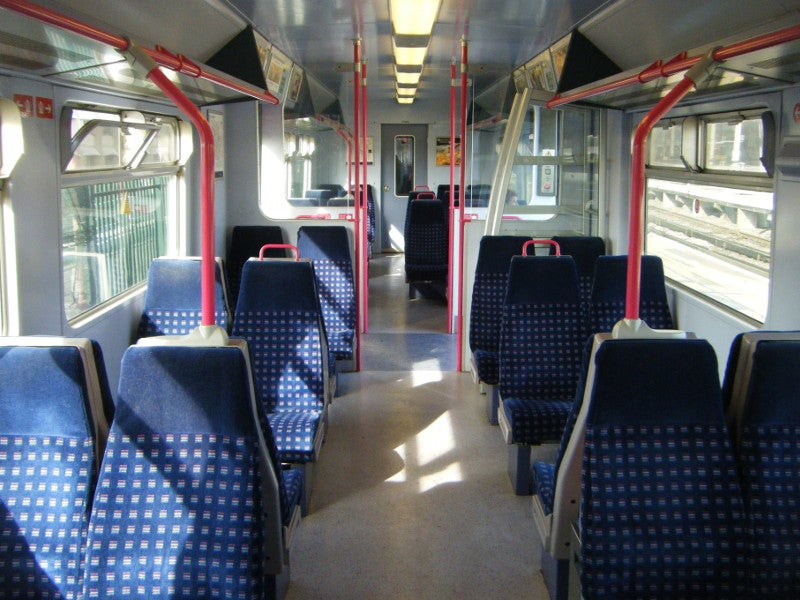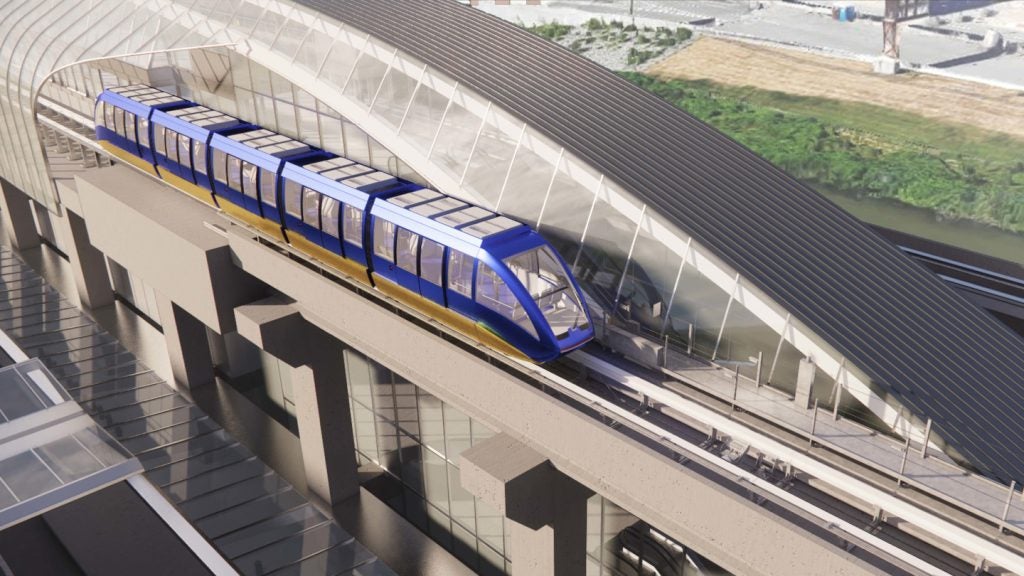HydroFLEX, the first hydrogen-powered train in the UK, has been developed by fitting a hydrogen pack to an existing Class 319 train set.
The University of Birmingham’s Centre for Railway Research and Education (BCRRE) and rolling stock solutions provider Porterbrook are responsible for the implementation of the HydroFLEX project.
The project is expected to decarbonise the British railway network, which currently accommodates diesel and electric trains, by replacing diesel-only trains with HydroFLEX until 2040. The project also supports the UK Government’s commitment to reduce carbon emissions by 80% before 2050.
The idea of building the HydroFLEX hydrogen-powered train was conceptualised during the Rail Live event held in June 2018. The train was demonstrated during the Rail Live trade event held at the Quinton Rail Technology Centre in the UK in June 2019.
Proof-of-concept of the HydroFLEX has been approved and mainline railway tests will be carried out during the second half of 2019 and early 2020. Trails are expected to be carried out on the North Cotswold line in the south of England and the Alloa to Dunfermline route in Scotland.
Class 319 Flex train design and features
Class 319 trains were first built in 1987 by British Rail Engineering and many train units of the class were converted into different models over the years.
Porterbrook collaborated with Northern to introduce the bi-mode flexi train concept by fitting two units of diesel-powered alternators. The energy from diesel alternators is harnessed through a DC bus, eliminating the use of 25kV AC overhead electric supply.
The steel-bodied Class 319 car’s length varies between 19.83m and 19.92m, while its width and height are 2.82m and 3.58m respectively. The car features bi-parting sliding doors and emergency end doors.
HydroFLEX train technology
The class 319001 train is converted into HydroFLEX by integrating a hydrogen system into it. The hydrogen fuel tank, fuel cells, batteries, electric motors, and control system form the basic units of the HydroFLEX.
A total of 20kg of hydrogen is stored in four high-pressure hydrogen fuel tanks whose pressure is regulated and maintained at 8.5 bar by the pressure drop regulator.
The fuel cell unit is powered by hydrogen from the tanks, while oxygen is sourced from ambient air. The fuel cell converts the mixture and generates pure water and electricity up to 100kW. Electricity generated by the fuel cell will be sent to the lithium-ion battery pack.
The flex traction system is connected to Class 319 traction equipment and is powered by the fuel cell and battery. Electric motors fitted under the car will propel the train.
A control system is installed to oversee the management of power supply and functioning of the system.
HydroFLEX can also be operated using power from a 750V DC third rail or a 25kV overhead supply without a change in its operating system, offering a smooth transition.
Contractors involved in the HydroFLEX project
BCRRE is the lead contractor responsible for the research, design, and development of the technology, while Rail Operations Group, QRTC, and Jeff Vehicles are acting as subcontractors.
Train refurbishing and vehicle enhancement company Chrysalis Rail carried out installation works on the HydroFLEX, while DG8 provided design support and DB Cargo Crewe performed recommissioning.
Manufacturing company Ballard Fuel Cell Systems provided FCveloCity-HD fuel cells, while Luxfer supplied hydrogen storage tanks and Denchi Group delivered batteries for the project.
Aura Graphics is responsible for the exterior design, while Derby Engineering Unit supplied brackets and panels. SNC Lavalin offered design and hazard identification services for the HydroFLEX project.










